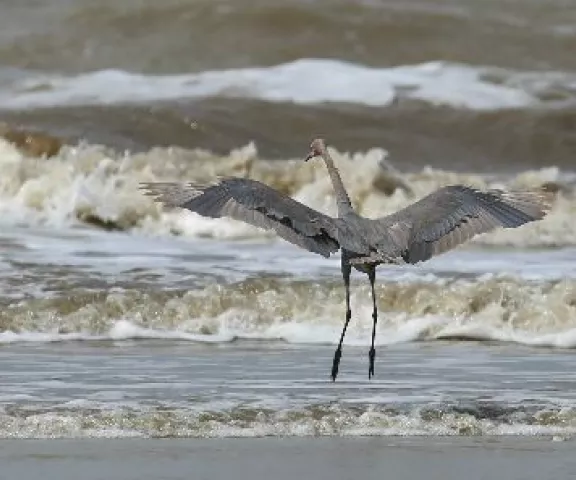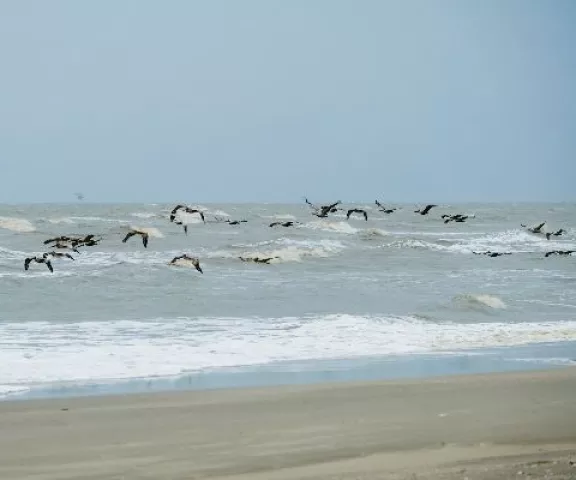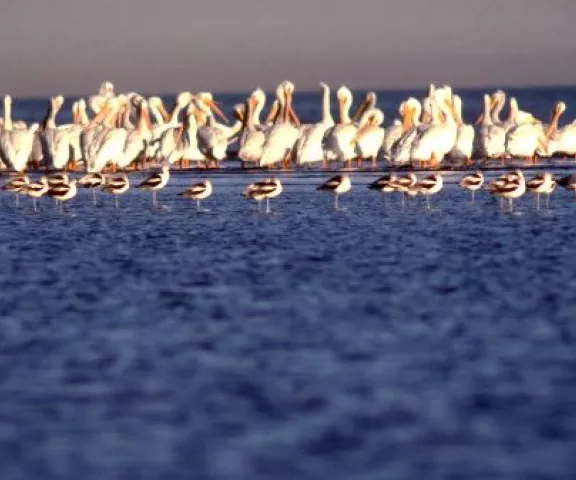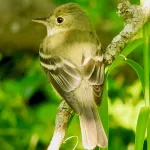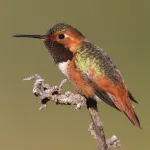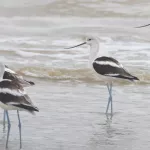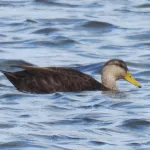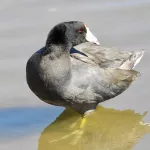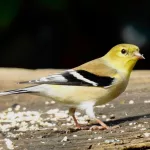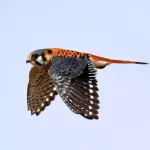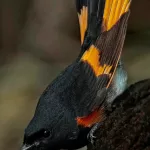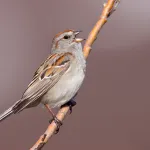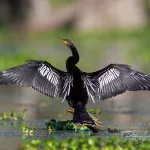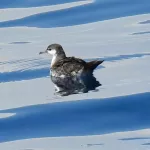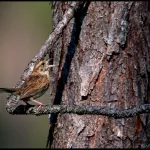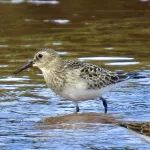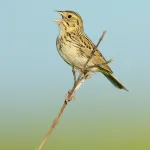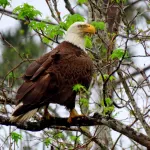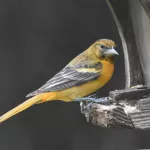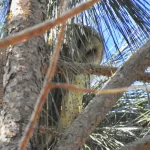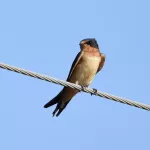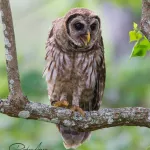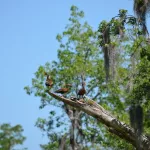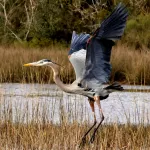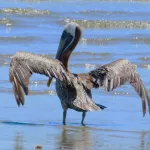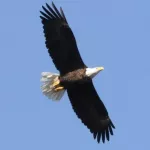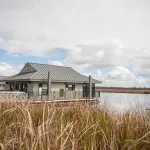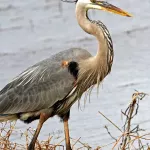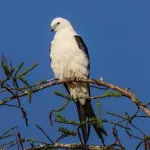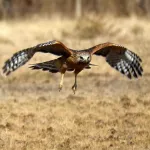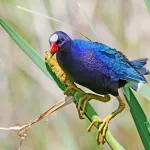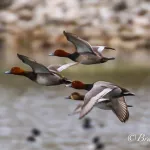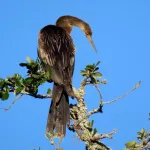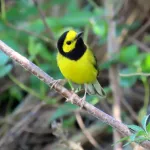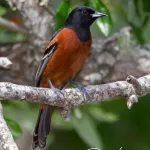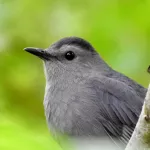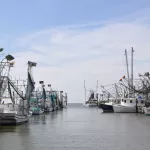Rutherford Beach offers marvelous views of the Gulf of Mexico. From a wildlife perspective, the long access road (Rutherford Beach Road) holds as much interest as the beach itself, as it traverses both fresh and brackish marshes and expansive intertidal lakes -- all of which are filled with bird life. Be aware that the access road has very narrow shoulders and very few places to pull off completely. Fortunately, traffic is always light and slow-moving here, as even non-birding travelers like to take their time and view the wildlife.
The beach, nearshore waters, and dune habitats, backed to the north by tidal intermediate/brackish marshes and lakes along the access road, make for an outstanding birding experience. Serious birders could easily spend the greater part of a day here, particularly during the winter when waterfowl, beach/shorebird, and seabird numbers are all at their highest. A slow walk along the shrub thickets crowding the back-beach dunes is also often rewarding. An amazing number of wrens, sparrows, and warblers can be found there during spring, fall, and winter.
Spring and fall migration months are also outstanding, especially regarding waterfowl, shorebirds, and seabirds. A rock breakwater has been placed about 50-75 yards offshore, offering a prime spot to scan for resting birds.
The beach edge is usually great for shorebirds. Watch for Black-bellied, Piping, Wilson’s, and Snowy Plover, along with Dunlin, Western Sandpiper, Sanderling, Ruddy Turnstone, and other beach-loving sandpipers. Remember to frequently scan the sky and nearshore waters for seabirds such as Brown and American White Pelicans, gulls, terns, scoters, and other waterfowl.
Depending on tidal elevation, the marshes and lakes along the access road can be filled with a dizzying array of waterbirds, including ducks, grebes, loons, wading birds, shorebirds, and seabirds. Here, a spotting scope and tripod are essential. In all, 210 bird species have been recorded at this locale.
The beach is open to vehicles and RV/ campers. Amenities are limited to a few porta-potties. This isolated site is for hard-core birders, campers, fishermen, and photographers. Due to a lack of artificial light, star-gazing is fantastic at night.
Directions
From the intersection of I-10 and US 171 (Exit 33/ Moss Bluff Exit) in Lake Charles, go east on I-10 for 2.7 miles to Exit 36/ LA 397. Go south on LA 397 for 5.8 miles to LA 14. Turn left and go east/southeast for 29 miles community of Oak Grove where LA 27 ends at LA 82. Turn right (west) on LA 82 (Trosclair Rd.) In just over 1 mile, turn left (south) onto Parish Road 359 until you reach the beach and the Gulf of Mexico.
Fishing
Photography
Swimming
